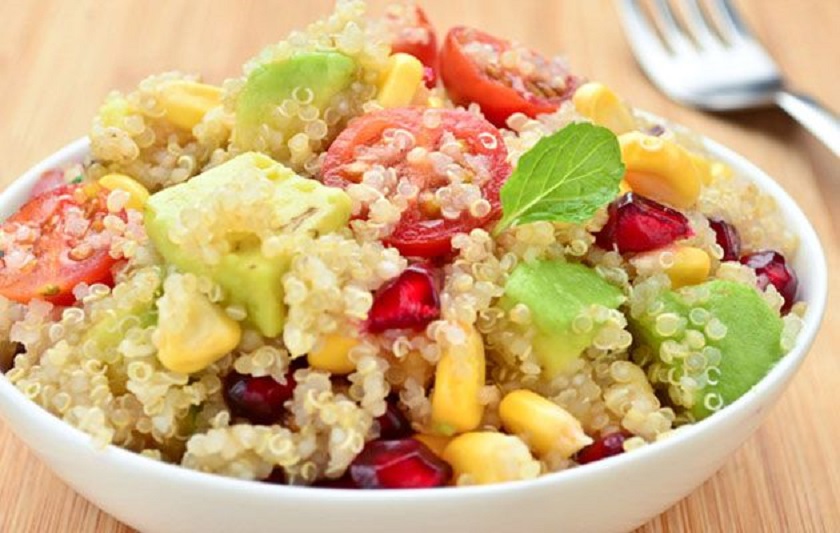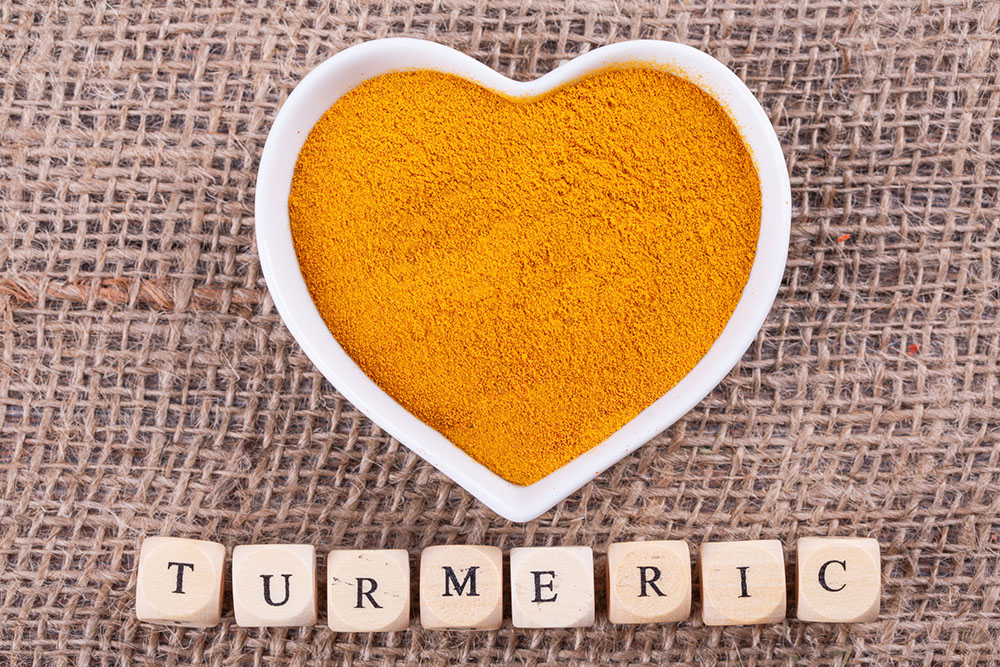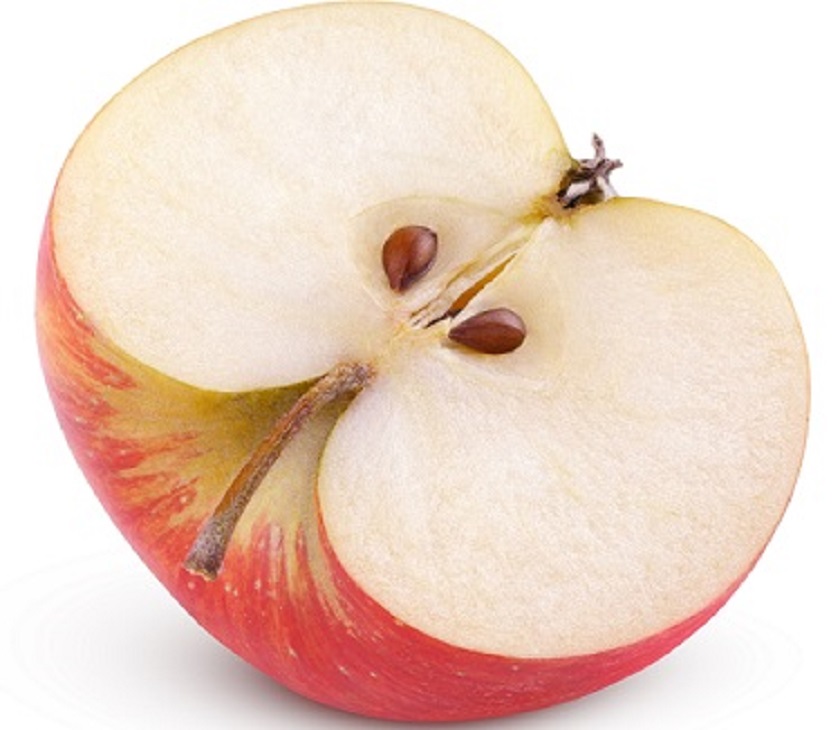A small powerhouse that has been an integral part of the cuisine all over the world for centuries is revealing its many health benefits to modern researchers. Tomatoes are a beloved fruit that are full of a variety of essential nutrients, some of which protect us from heart disease and several forms of cancer. Here is a bit more about this special little being from the plant kingdom.
Tomatoes are the fruit of the plant Lycopersicon esculentum. Despite being confused for a vegetable because of their flavor, tomatoes are technically a type of berry. They are part of the nightshade family. They were originally cultivated by ancient Aztec civilizations in Mexico, and from there were taken to South America and eventually Europe and North America. The word tomato most likely comes from the Nahautl word tomatl, the swelling fruit.
Tomatoes slowly gained in popularity across Europe, especially in the countries along the Mediterranean that have the best climate for growing them. They were considered unsafe and even frightening by many people because they were thought to be poisonous. They do contain alkaloids like other nightshades, and can cause reactions in sensitive people. But most people tolerate the alkaloids fine, and receive great benefit from the nutrients tomatoes contain.
Tomatoes were originally small and yellow, like some of the cherry tomatoes we see today. But now they range in size from smaller than a cherry to larger than an apple and they are sometimes called pomme damour, love apples in French. They can range in color from green and yellow to bright orange or purple, and of course deep rich red. In general, the richer and darker the color, the higher concentration of nutrients the tomatoes contain. Though they dont have to be red to offer the benefits studies done with bright orange tomatoes show they offer the same anti-oxidant benefits as the red ones.
Nutritional Powerhouses
In addition to their unique, rich flavor, tomatoes are full of a wide variety of important nutrients. They are an excellent source of vitamin C, vitamin K, biotin, and molybdenum, and are high in potassium, manganese, fiber, copper, beta-carotene, folate, niacin, vitamin B6, phosphorus, and vitamin E. They also contain traces of choline, zinc, iron, chromium, and pantothenic acid.
But it may be their phyto-nutrients, the subtle plant compounds that protect the human body from inflammation, free radicals, and other damaging processes, that are tomatoes greatest gifts to humans. Tomatoes contain flavonoids such as naringenin, chalconaringenin, rutin, kaempferol, and quercetin, hydroxycinnamic acids such as caffeic, ferulic, and coumaric acid, and glycosides such as esculeoside A. And the most obvious group, the carotenoids such as lutein, beta-carotene, and zeaxanthin, that give tomatoes their bright red, orange, and yellow colors.
All of these elements combine to give tomatoes amazing antioxidant, anti-inflammatory, and anti-cancer properties. But it is one phyto-nutrient, lycopene, that makes tomatoes really standout.
Lycopene
Lycopene is the carotenoid phyto-nutrient that gives tomatoes their red and orange colors. A variety of research studies has shown that lycopene offers a wealth of protective benefits for nearly every system of the body.
Primarily lycopene is an anti-oxidant, which means it cleans up free radicals. Free radicals are highly reactive cells that have an unpaired electron, making them likely to attach to other cells and wreak havoc on the body by causing oxidation decay. They are responsible for most of the harm and degradation that happens to cells, and are precursors to cancer and other diseases. Anti-oxidants like lycopene bond with these free radicals so they cannot damage other cells, and escort them out of the body. Lycopene in particular helps protect the bones, liver, kidneys, and bloodstream. This is in part because lycopene supports enzymatic function in addition to reducing oxidative stress.
Studies on lycopene found that it can help protect the body from developing osteoporosis, cervical intra-epithelial neoplasia (CIN, a type of tumor), breast cancer, endometrial cancer, lung cancer, prostate cancer, stomach cancer, and heart disease. It is also excellent for eye health, guarding against age-related macular degeneration (ARMD).
But lycopene is not as effective as an isolated supplement. To have the greatest effect, lycopene needs to be consumed with the other bioflavonoids in whole tomatoes. Lycopene is an oil-soluble compound that is activated by heat. This means that unlike most of our recommendations on MHLC about eating raw food, the highest anti-oxidant absorption comes from eating lightly cooked whole tomatoes served with some sort of high-quality cold-pressed organic oil. An ideal way to eat tomatoes like this would be in a simmered soup or sauce. It is not a good idea to cook with olive oil because it can turn into trans-fat when heated, but you can cook your tomatoes in extra virgin organic coconut oil, or add extra virgin organic olive oil to your tomato dish after it is cooked.
Red Like Our Hearts
Tomatoes have been studied extensively for their beneficial affects on heart health. Eating tomatoes has been shown to improve blood fat conditions and levels through a variety of processes. Eating tomatoes lowers total and LDL cholesterol, and reduces lipid peroxidation, oxygen damage to fats in the bloodstream. It also has been shown to decrease accumulation of cholesterol molecules inside of macrophage cells, and prevent excessive clumping of platelet cells, which helps prevent atherosclerosis (clogging of blood vessels). This combination of reducing lipid peroxidation and clumping helps to reduce the development of the inflammation and immune responses that lead to heart attacks. In addition to the lycopene, two other phytonutrients, esculeoside A and 9-oxo-octadecadienoic acid, are being researched for their vital roles in blood fat regulation.
Cancer Protection
In addition to supporting heart health, tomatoes are proving themselves to be powerful allies for preventing cancer. Cancer development is related to chronic inflammation and oxidative stress two things reduced by the high anti-oxidant levels present in tomatoes.
Prostate cancer has been the most explored cancer in regards to tomatoes thus far, and it has been proven that they can help lower the risk of men developing prostate cancer. This seems to be in particular because of the saponin phytonutrient Alpha-tomatine, which can alter metabolic activity in developing prostate cancer cells and trigger programmed cell death (apoptosis) in prostate cancer cells that have already been fully formed. And tomatoes have also shown very promising results in reducing the likelihood of developing, or slowing the development, of breast cancer and pancreatic cancer.
It is important to avoid cooking tomatoes in aluminum cookware, because the acid in the tomatoes may interact with the aluminum and cause negative health effects.

Skin Care
In addition to supporting your internal organs, tomatoes are great for protecting and healing your largest organ your skin. Eating tomatoes is a natural internal skin protecting, boosting the skins inherent UV protection. The lycopene in tomatoes also helps skin recover from sun damage. It helps with the development of procollagen, supporting the skin to be more supple and radiant.
The vitamins A, C, K, and E in tomatoes are all anti-oxidants known to protect skin from free radical damage, helping it be less susceptible to the aging process, just like our organs. And tomatoes can be used externally to clean, tone, exfoliate, and protect your skin.
You can make a mask of tomato with oatmeal or cucumber to cleanse your skin, which will slugh off dead skin cells, remove makeup and dirt, and neutralize oil. You can use tomato as a toner, either alone or mixed with witch hazel, aloe, cucumber, or water. Some people like to rub a sliced tomato on their faces, while others prefer using diluted cooked tomato sauce for its heightened antioxidant activities.
For sun protection, a spray bottle filled with a mixture of tomato paste and coconut water can be a great way to keep your skin hydrated and safe on the go.
For some people, the acid content in straight tomatoes can be too intense and even irritating for their skin, so they will heavily dilute the tomato with aloe vera, coconut water, or cucumber. Try any tomato product you make on just a small area of your skin first. If it causes irritation or redness, dilute it more, or discontinue using the tomatoes on your face though you can still get the benefits from eating tomatoes!
Choosing the Best Tomatoes
Like most fruit, not all tomatoes are created equal. Ripe tomatoes have the highest lycopene content. Slow-ripening tomatoes that have been bred for travel and pale watery tomatoes have the lowest lycopene content. As with most fruits and vegetables, getting your tomatoes fresh from your garden or an organic local farmers market is the best way to ensure quality and nutrient density.
Tomatoes are an especially important food to get organic, because their thin skins mean they absorb and hold onto pesticides easily. You also want to get tomatoes that were grown in season and harvested ripe whenever possible, rather than hot-house varieties. In some cases it might be better to get a glass jar (not can) of organic tomatoes that were grown in season and picked ripe, rather than hot-house tomatoes bred for longevity and picked while still unripe.
And if you have a choice, the tomato varieties with the highest anti-oxidant concentrations are New Girl, Jet Star, Fantastic, and First Lady.
Tomatoes are a juicy, delectable part of any diet. And luckily they are full of nutrients that help us be vibrant and healthy. Include some of these little powerhouses in your favorite soups, dressings, salads, and sauces, and you will be doing wonders for the health of your heart, pancreas, eyes, and either breasts or prostate. And you can even put tomatoes on your skin, to help you be radiant and healthy inside and out.
Sources:
Net Doctor
Worlds Healthiest Foods
New Health Guide
Tomato Fest








